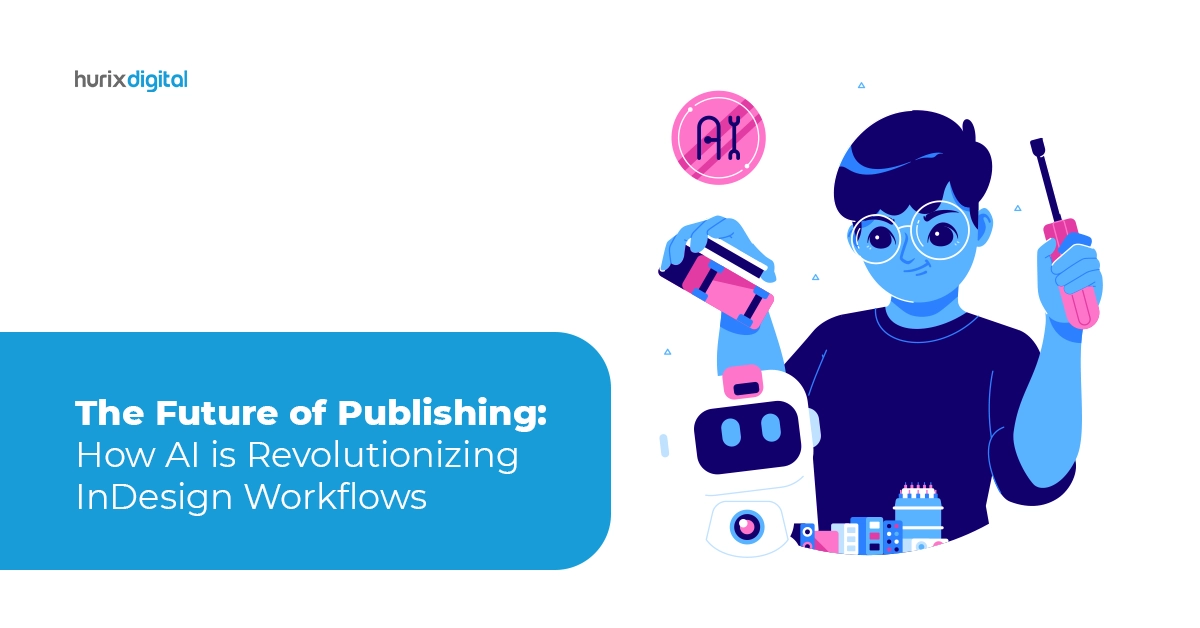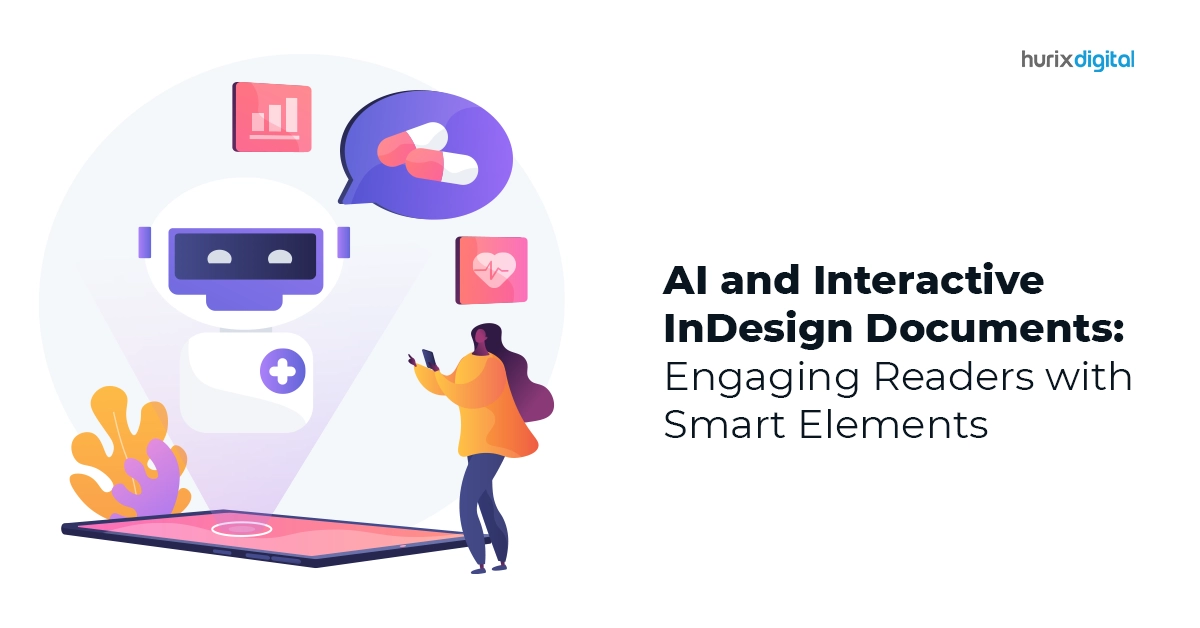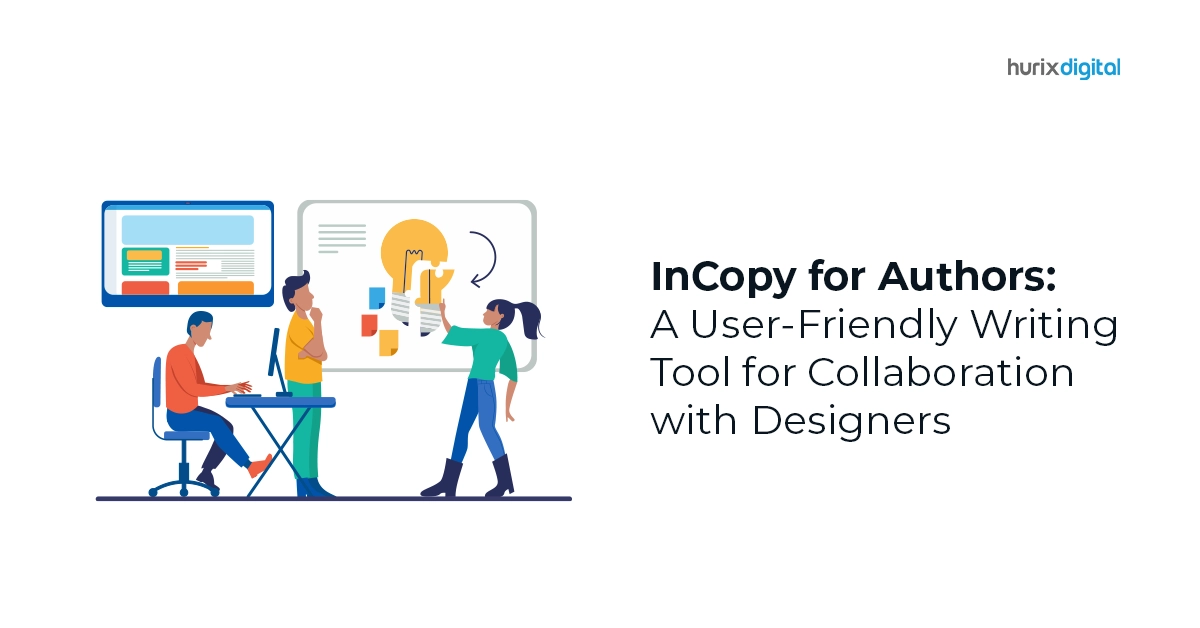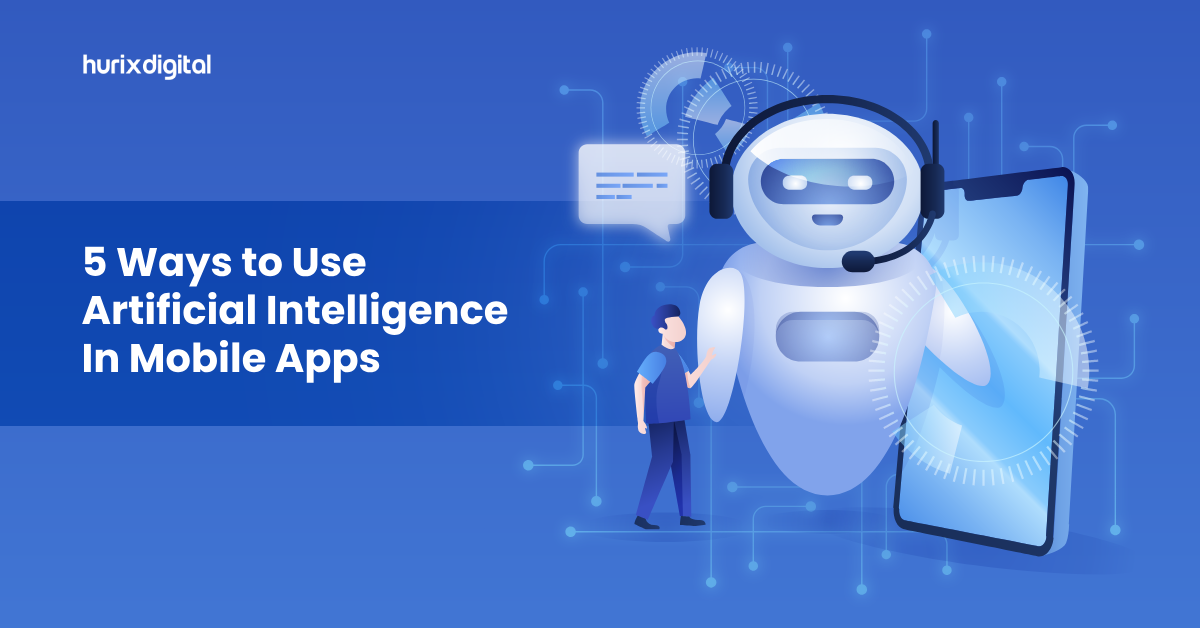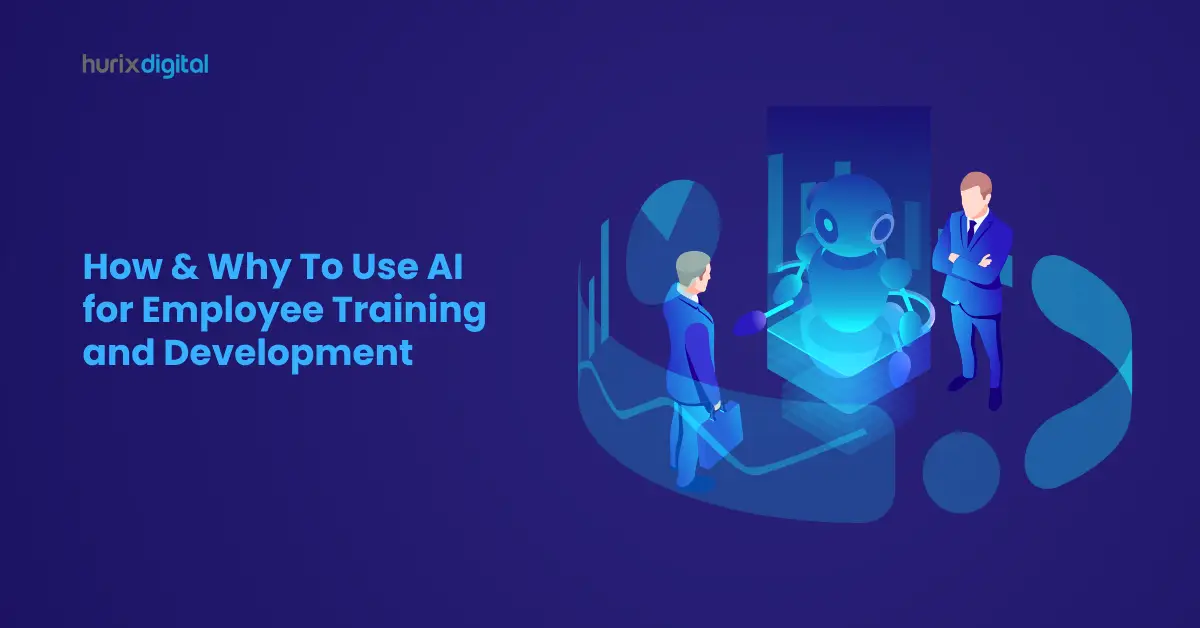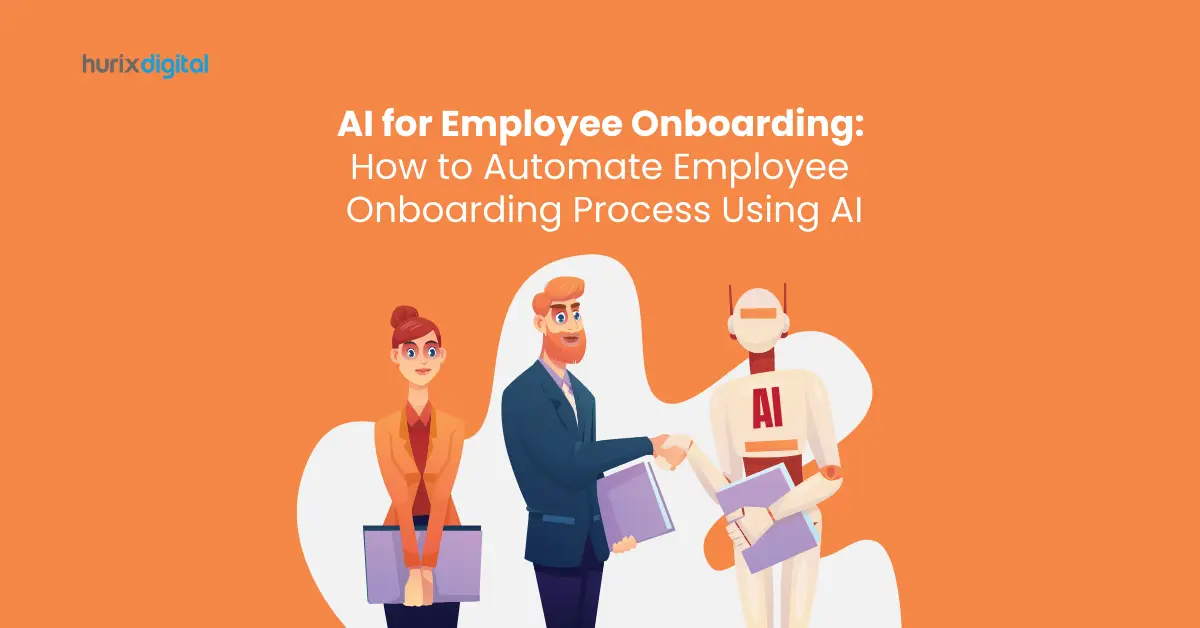Summary
This blog discusses the impact of AI on InDesign workflows, focusing specifically on the layout design and proofing processes.
Artificial Intelligence (AI) is reshaping the publishing industry, powered by the rapid growth of the global AI software market, which is projected to reach approximately 126 billion U.S. dollars by 2025. These advancements bring significant changes to content creation, design, and overall workflow efficiency.
Whether it’s automating mundane tasks or offering intelligent insights, AI technologies are paving the way for digital transformation in the publishing industry.
This blog aims to discuss the impact of AI on digital publishing services, focusing specifically on how it is revolutionizing InDesign workflows.
Table of Contents:
- Introduction to Key Elements of InDesign Workflows
- Top Ways AI is Revolutionising InDesign Workflows?
- The Future Confluence of AI and Publishing Software
Introduction to Key Elements of InDesign Workflows
Adobe InDesign is a widely used software for digital publishing services like designing brochures, magazines, scientific publishing, and other layout-intensive documents.
InDesign workflows are systematic processes designers and publishers follow when using this desktop publishing software. These workflows guide users through creating, editing, and producing print and digital documents.
The following are key components of typical InDesign workflows:
- Project Planning
- Define the scope, objectives, and target audience for the project.
- Determine the document type, size, and orientation.
- Establish design preferences, including colors, fonts, and layout styles.
- Content Creation
- Create or gather the textual and visual content for the document.
- Ensure content is appropriately formatted and edited for clarity.
- Import external assets, such as images, graphics, and text files, into InDesign.
- Document Setup
- Set up the document parameters, including page size, margins, and columns.
- Choose appropriate document settings for print or digital output.
- Create master pages to establish consistent elements across pages.
- Layout Design
- Design the overall layout and structure of the document.
- Arrange text, images, and other elements on the pages.
- Apply styles for consistent formatting throughout the document.
- Typography and Formatting
- Fine-tune typography settings, including fonts, sizes, and spacing.
- Apply character and paragraph styles for consistent formatting.
- Adjust tracking and kerning, leading to enhanced readability.
- Graphics and Multimedia Integration
- Resize, crop, and position images within the document.
- Apply filters and effects to graphics.
- Embed multimedia elements, such as audio or video, if needed.
- Interactive Elements (for Digital Publications)
- Add interactive features for digital documents, such as hyperlinks, buttons, and multimedia overlays.
- Preview and test interactive elements to ensure functionality.
- Proofreading and Review
- Conduct thorough proofreading for spelling, grammar, and layout issues.
- Collaborate with team members or clients for feedback.
- Make necessary revisions based on feedback.
- Output and Export
- Choose the appropriate output format (print, PDF, or digital publishing).
- Set up export settings, including resolution and compression options.
- Generate the final output files for distribution or printing.
- Print Production
- Check print specifications, color profiles, and bleeds.
- Generate a print-ready file with appropriate marks and color separations.
- Send the file to a professional printer or print it in-house.
These were the key components of an InDesign workflow. However, these workflows may vary from project to project depending on the collaboration involved and the intended output.
Also Read: How to Streamline Your Web Design Workflow with InDesign?
Top Ways AI is Revolutionizing InDesign Workflows?
AI-powered page layout automation is a key area where InDesign is experiencing a transformative impact. These technologies aim to simplify digital publishing services by speeding up the process of arranging and formatting content within a document.
Here are some key ways AI is contributing to page layout automation:
1. Content Analysis and Placement
AI algorithms can analyze the content of a document, including text and images, to determine the most effective and aesthetically pleasing layout. Secondly, automated placement of elements, such as images and text boxes, can be further optimized based on the content’s visual appeal.
Automated layout generators powered by AI can quickly create initial design drafts based on given content, and as a result, it saves a lot of time in the initial stages of a project.
2. Adaptive Templates
AI-powered adaptive templates can automatically adjust based on the amount and type of content. These templates ensure a consistent and visually appealing layout, regardless of variations in content length or structure.
Furthermore, templates can adapt to different devices and screen sizes, providing a seamless experience across various platforms.
3. Smart Grid and Version Control
AI can assist in creating smart grids and alignment guides that ensure that elements on the page are precisely positioned and aligned for a professional and cohesive look.
In addition, AI-powered version control features help manage revisions in collaborative projects. Designers can easily track changes and roll back to previous versions if they want to.
4. Dynamic Text Flow
AI can optimize the flow of text within a document, adjusting paragraph spacing, line breaks, and hyphenation to improve readability and aesthetics.
Dynamic text flow algorithms in InDesign workflows make sure that text adjusts intelligently as content changes, minimizing manual adjustments for designers.
5. Image Recognition, Scaling, and Cropping
Image recognition powered by AI can identify objects within images, helping designers in the selection and placement of visuals within a layout. This technology can also be used to detect and correct image quality issues.
AI in InDesign workflows can automatically scale and crop images to fit predefined spaces within a layout. This is very useful when dealing with a large number of images with different aspect ratios, as automated adjustments maintain visual balance across the document.
6. Better Collaboration with Peers
AI-powered collaboration tools can facilitate better communication and collaboration among team members. It includes features such as automated notifications, version control, and intelligent suggestions for collaborative edits.
InDesign 2023 consists of collaborative features such as sharing the document with others in real time, the option for leaving comments on the document, and version control.
7. Proofreading and Grammar Check
Apart from page layout automation, AI technology is being rapidly used for proofreading content by e-publishing solutions.
InDesign incorporates built-in spelling and grammar-checking tools that automatically scan the text for spelling errors and grammatical mistakes. AI algorithms help identify and suggest corrections for common language issues, such as misspelled words, incorrect verb tenses, or punctuation errors.
Also Read: Tips for Designing Math Books with InDesign: From Concept to Creation
The Future Confluence of AI and Publishing Software
From automating page layouts to refining text through advanced language processing, AI has become an invaluable ally for designers and publishers.
Looking ahead, the question arises: So, what does the future hold for AI and publishing software like InDesign? The answer lies in continued innovation and evolution. As AI technologies advance, we can anticipate even more sophisticated digital publishing solutions that simplify complex design and publishing processes.
Recognizing the significance of optimizing efficiency within InDesign, Hurix Digital provides a variety of tailored automation solutions to cater to your unique needs. Our experts develop personalized InDesign scripts that precisely match your requirements.
In addition, we also offer educational publishing services that cater to the unique needs of educational institutions, authors, and researchers.
Contact us today to learn more about our services!


